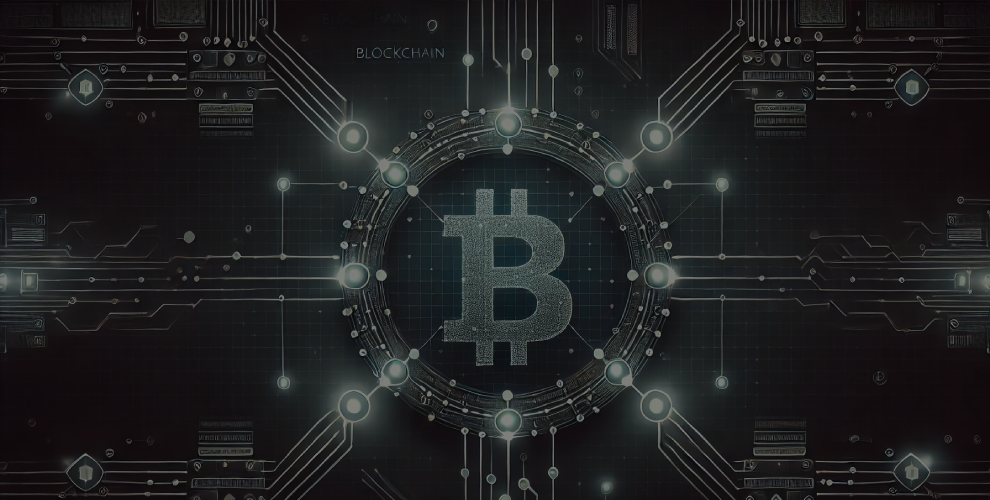
Blockchain Explained: A Simple Guide for Non-Techies
Table of Contents
Introduction
Welcome to WikiGlitz! Blockchain technology is often seen as complex and confusing, especially for those without a technical background.
However, understanding blockchain doesn’t have to be difficult. In this guide, we’ll break down the basics of blockchain into simple, easy-to-understand terms, making it accessible for everyone. Let’s dive in!
What is Blockchain?
At its core, blockchain is a type of digital ledger or record book that stores data in a way that is secure, transparent, and decentralized.
- Ledger: Think of it as a notebook where you write down every transaction you make.
- Digital: Instead of being on paper, this ledger is stored on computers.
- Decentralized: Rather than being controlled by one central authority (like a bank), the ledger is distributed across many computers worldwide.
How Does Blockchain Work?
Blocks and Chains
Blockchain gets its name from its structure: it is a chain of blocks.
- Block: A block is a grouping of information. For instance, a block includes transaction data when it comes to cryptocurrency like Bitcoin.
- Chain: By connecting these pieces in a sequential manner, a chain is created.
Cryptographic Hashing
Each block in the blockchain has a unique identifier called a hash, which is like a digital fingerprint.
- Hash: This is a string of characters created using a mathematical algorithm. It ensures that each block is unique and makes it easy to detect any tampering.
Decentralization
Instead of a single central authority, blockchain operates on a peer-to-peer network.
- Nodes: These are computers that participate in the blockchain network.
- Consensus Mechanism: Nodes must agree on the validity of new transactions and blocks. This agreement process is known as a consensus mechanism, with common types being Proof of Work (PoW) and Proof of Stake (PoS).
Key Features of Blockchain
Transparency
Every transaction that is entered onto the blockchain is accessible to all users.
- Public Ledger: Anyone can view the transactions, but the identities of the people involved are anonymized.
Security
Blockchain is highly secure due to its use of cryptographic hashing and decentralization.
- Immutable: Once data is recorded in a block, it cannot be altered without changing all subsequent blocks, which would require the consensus of the majority of the network.
Efficiency
Blockchain technology can simplify procedures and lessen the need for middlemen.
- Smart contracts are self-executing agreements that have the terms encoded directly into the code. When certain requirements are satisfied, they automatically carry out and enforce agreements.
Applications of Blockchain
Cryptocurrencies
Blockchain technology is most commonly used in connection with cryptocurrencies, such as Ethereum and Bitcoin.
- Bitcoin: A digital currency that allows for peer-to-peer transactions without the need for a central bank.
- Ethereum: A platform that enables developers to build and deploy smart contracts and decentralized applications (dApps).
Supply Chain Management
Blockchain technology can improve supply chain traceability and transparency.
- Tracking Goods: Companies can use blockchain to track the origin and journey of products, ensuring authenticity and reducing fraud.
Healthcare
Blockchain technology can simplify and secure medical record administration.
- Patient Data: Ensures that patient data is accurate, secure, and accessible only to authorized parties.
Voting Systems
Voting systems may be made transparent and safe with blockchain.
- Election Integrity: Prevents tampering and ensures that every vote is counted accurately.
Benefits of Blockchain
Security
Due to its decentralised and cryptographic structure, blockchain is extremely safe from fraud and hacking.
Transparency
The transparent nature of blockchain builds trust among participants, as everyone has access to the same information.
Efficiency
By eliminating intermediaries and automating processes through smart contracts, blockchain can reduce costs and increase transaction speed.
Challenges of Blockchain
Scalability
As more transactions are added, the blockchain can become large and slow, making it difficult to scale.
Energy Consumption
Consensus mechanisms like Proof of Work (PoW) require significant computational power, leading to high energy consumption.
Regulatory Issues
Blockchain operates across borders, creating challenges in regulatory compliance and legal jurisdiction.
The Future of Blockchain
The potential applications of blockchain are vast and continually evolving.
- Integration with IoT: Combining blockchain with the Internet of Things (IoT) can enhance security and efficiency in various sectors.
- Decentralized Finance (DeFi): DeFi platforms use blockchain to offer financial services without traditional intermediaries, democratizing access to financial products.
Conclusion
Blockchain technology, though complex, can be understood in simple terms. It is a secure, transparent, and efficient way to record and verify transactions.
From cryptocurrencies to supply chain management and healthcare, the applications of blockchain are vast and impactful. Stay tuned with WikiGlitz for more insights and updates on blockchain and other groundbreaking technologies!
FAQs
What is blockchain in simple terms?
Blockchain is a digital ledger that stores data in a secure, transparent, and decentralized manner.
How does blockchain work?
Blockchain works by recording data in blocks that are linked together in a chain. Each block is secured using cryptographic hashing and is validated by a decentralized network of computers.
What are the benefits of blockchain?
Blockchain offers enhanced security, increased transparency, and improved efficiency by eliminating intermediaries and automating processes.
What are some applications of blockchain?
Blockchain can be used in various sectors, including cryptocurrencies, supply chain management, healthcare, and voting systems.
Want to keep up with our blog?
Our most valuable tips right inside your inbox, once per month.
Error: Contact form not found.
WikiGlitz Team
Welcome to WikiGlitz, your ultimate destination for tech insights and innovation. Our expert team is dedicated to delivering free resources and professional advice on various technology topics, including Artificial Intelligence, Cyber Security, Cloud Computing, and more. We strive to empower our readers with up-to-date information and practical guidance, ensuring you stay ahead in the rapidly evolving tech landscape. At WikiGlitz, we are passionate about making complex technology accessible to everyone. Our team of seasoned experts curates content that is both informative and engaging, helping you understand and leverage the latest tech trends. Whether you're a tech enthusiast or a professional, WikiGlitz is your go-to source for reliable, expert-driven content. Join us on this journey to explore and embrace the future of technology.





